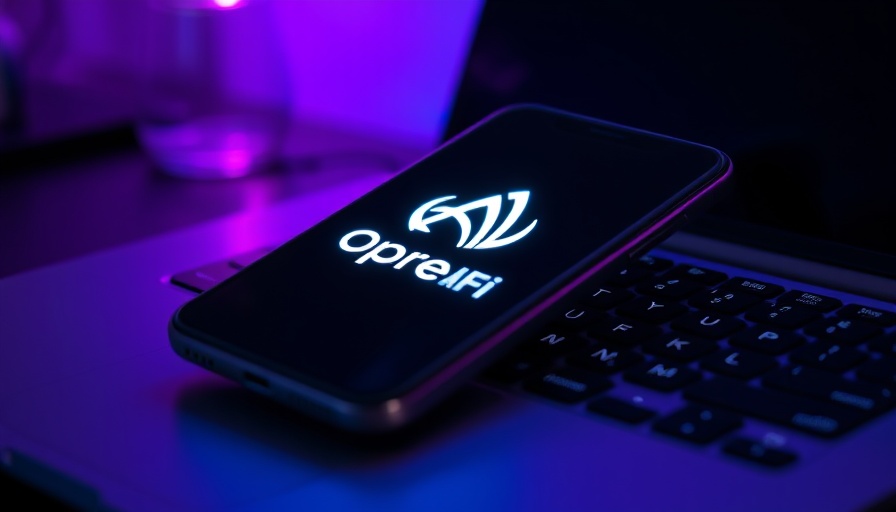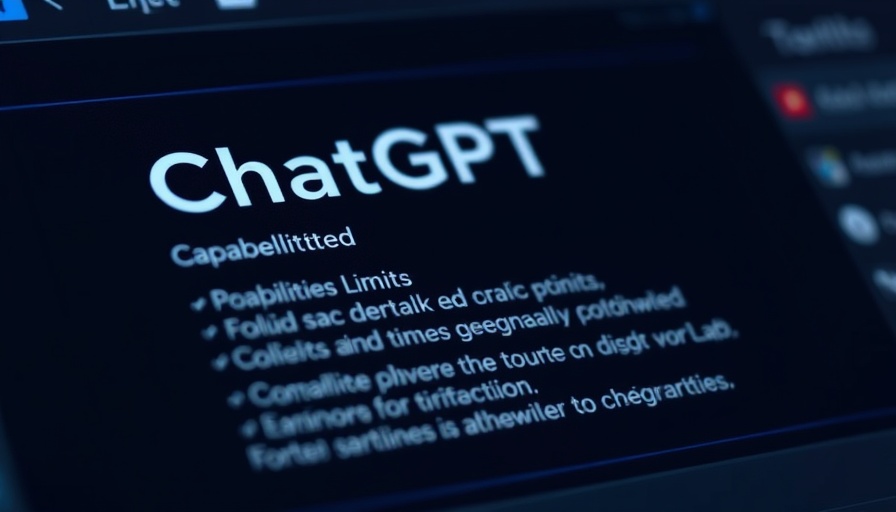
OpenAI Launches the o1-pro Model: What You Need to Know
OpenAI has introduced its new o1-pro model to developers, promising enhanced performance despite a steep pricing structure. Available through the OpenAI API, this model targets developers looking to leverage advanced AI capabilities. Starting at $5, the cost reflects not only the top-tier service but also the amount of computational power the model harnesses for improved responses.
The Cost of Performance: Understanding the Pricing Model
The pricing for the o1-pro model is substantial; developers will need to pay $150 for every one million input tokens and $600 per million output tokens, which can tally quickly considering the processing power demanded. This pricing is two times that of accessing OpenAI's GPT-4.5 and ten times the cost of the o1 reasoning model. In a time where businesses are seeking performance, the question arises: is the investment worth it?
Performance Comparison: o1 vs. o1-pro
According to OpenAI's benchmarks, the o1-pro shows improved reliability and capability in performing complex tasks like math problems and coding. It's tuned for precision, equipping developers with a toolset that not only meets but exceeds previous standards. This translates into real-world applications where speed and accuracy are indispensable. With developers expressing enthusiasm for the model, the expectation is that it will redefine interaction with AI APIs.
Future of AI Development: High Performance at a Cost
As the AI landscape evolves, the financial implications of access to cutting-edge technology cannot be overlooked. OpenAI's o1-pro model reflects a growing trend where access to superior performance is priced accordingly. For many developers, the choice will hinge on balancing budget constraints against benefits derived from AI-driven solutions. This model underscores a broader industry movement towards prioritizing performance over affordability, compelling developers to weigh their options carefully.
The Broader Implications for AI Enthusiasts
The introduction of this model raises important conversations within the AI community. As increased processing costs become the norm, what does this mean for the future of AI development and accessibility? While developers are excited about OpenAI's advancements, many are also considering the ramifications of these pricing structures. Does this business direction prioritize large companies over smaller startups? The implications could reshape how AI tools are accessed and utilized.
What Lies Ahead for Developers and AI
Looking forward, the enhancements in the o1-pro model could pave the way for even more sophisticated applications. As developers explore these new capabilities, they will need to stay attuned to technological advancements in AI performance. This could lead to new innovations that challenge the status quo and drive further growth within the industry.
As AI continues to expand its reach in various sectors, understanding the trade-offs in performance and cost will be vital for developers. OpenAI’s latest model is not just a tool but a catalyst for future dialogues and strategies in AI development.
In closing, as you navigate the complexities and opportunities of AI development, consider how tools like the o1-pro can reshape your approach. It’s an exciting time to be an innovator in AI.
 Add Row
Add Row  Add
Add 




 Add Row
Add Row  Add
Add 

Write A Comment